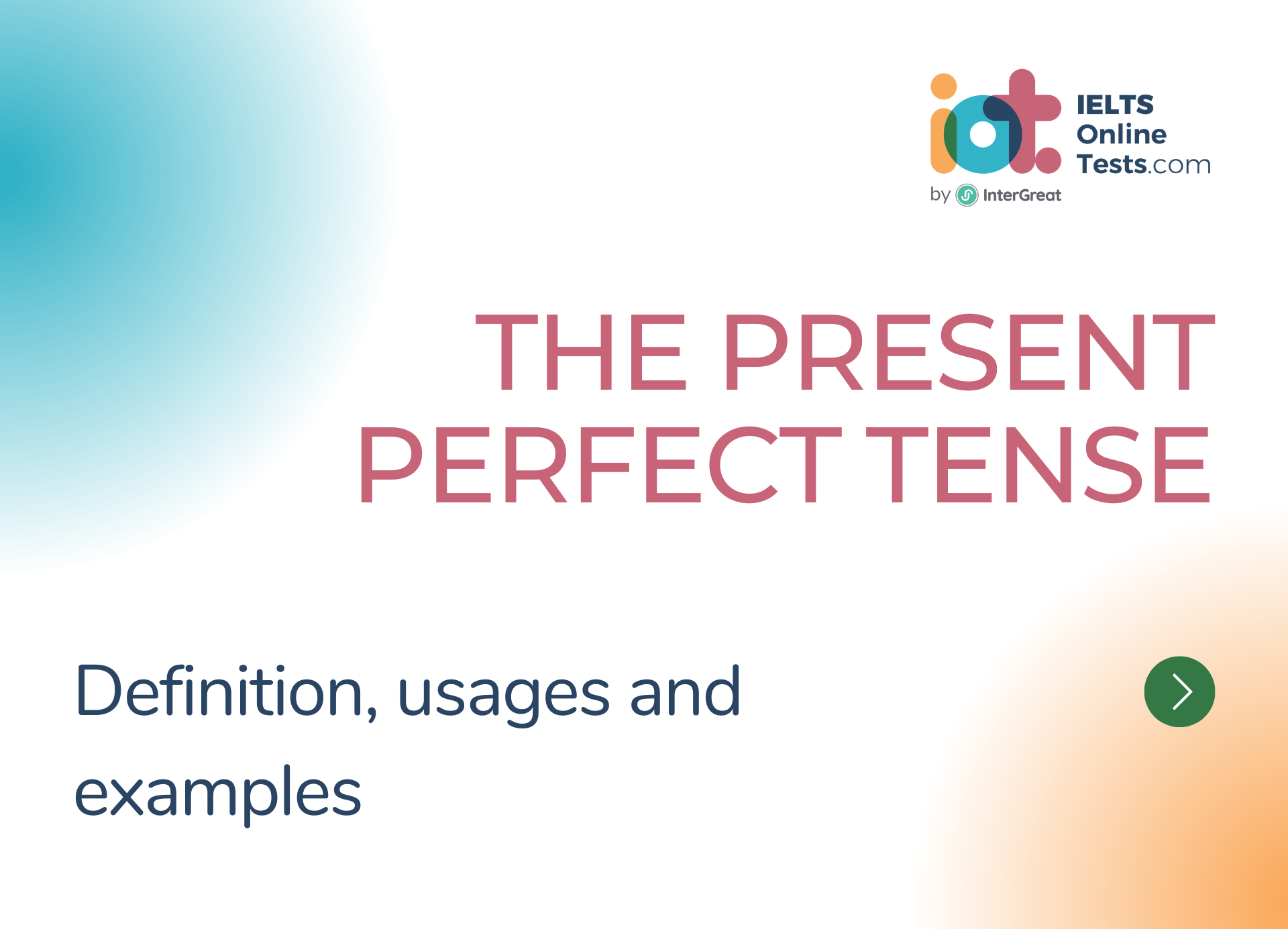
The present perfect tense
The present perfect tense is used to describe actions or events that happened at an indefinite time in the past but have a connection to the present. It focuses on the result or consequence of an action rather than the specific time it occurred.
Here's a detailed explanation of the present perfect tense:
Formation of the Present Perfect Tense:
- The present perfect tense is formed by using the present tense of the auxiliary verb "have" (have/has) followed by the past participle form of the main verb.
- Example:
- "She has seen that movie."
Usage of the Present Perfect Tense:
- Expressing past actions with present relevance:
- Example: "I have finished my work." (The action of finishing work is complete, but the consequence or relevance is in the present.)
- Indicating experiences or events that happened at an indefinite time in the past:
- Example: "He has traveled to many countries."
- Describing actions that started in the past and continue into the present:
- Example: "They have lived in this city for five years."
- Discussing recent events or activities:
- Example: "We have just arrived home."
- Expressing past actions with present relevance:
Examples of the Present Perfect Tense:
- "I have visited Paris several times."
- "She has read that book before."
- "They have studied English for three years."
- "He has lost his keys."
- "We have never been to Asia."
Time Expressions Used with the Present Perfect Tense:
- Time expressions such as "ever," "never," "already," "yet," "just," "recently," "so far," "up to now," and "since" are commonly used with the present perfect tense.
- Example:
- "Have you ever traveled abroad?"
Negative and Interrogative Forms:
- To form negative sentences, add "not" after the auxiliary verb "have."
- Example:
- "She has not seen that movie."
- Example:
- For interrogative sentences, invert the subject and the auxiliary verb "have."
- Example:
- "Have you finished your homework?"
- Example:
- To form negative sentences, add "not" after the auxiliary verb "have."
The present perfect tense allows us to connect past actions or events to the present and emphasize their relevance or consequences. It is commonly used in various contexts to discuss experiences, achievements, changes, or ongoing situations. Understanding and using the present perfect tense correctly adds depth and precision to your communication in English.




